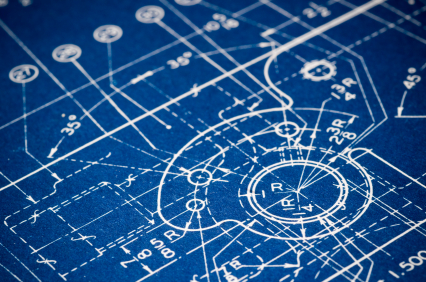Friday 14th October 2016
Full disclosure: this writer is also classically trained as a designer, despite a dilettante's interest in a wide range of artistic disciplines. With that out of the way, let's dig into something: is design a dirty word in the art world?
It seems to conjure up notions of commercial art, product packages and other ephemera that don't rate as pop art due to the lack of pretension and choice of presentation. The prohibition against the inclusion of design as an art form is so strong that during a recent article published in the Observer about design, the word design was barely mentioned during the entire article - instead, every reference was instead substituted with 'public functional art' - until the very end, when .
It's possible that this particular author wished to make a distinction between the various types of design. After all, it's hard to reconcile the so-called 'public functional art' that forms the central theme of the article with cereal box design or the aesthetic lines of a new Italian supercar. But what rankles is that there is already a wide array of linguistic separations between these various subfields of design, an entire nomenclature dedicated to preventing just such clumsy improvisations.
The article was an appealing and engaging one, detailing the nature of various types of industrial and wayfinding designs found throughout New York City in everything from the design choices behind the pedestrian/hand traffic signals that replaced the 'Walk/Don't Walk' of the past century to the careful and iconic design of the handrails in the Wall Street subway station. So why the reluctance to discuss these aspects in a more definitive (and accurate) way?
Curiously enough, the word design seemed to be used prolifically at the end of the piece. It was almost as though the author hoped to engage the artistically-inclined reader who would simply ignore a design article, sneaking the appreciation of design into the narrative under the guise of 'functional public art'. This may be where my inherent bias trips me up, familiar as I am with the general discussion of design and its inherent role in our built environments.
But regardless of how one classifies it, it's impossible to escape the impacts of public design in New York (or any major city), and it's worth acknowledging the value of these projects in our environments.
Posted on October 14th 2016 on 06:20pm
 Full disclosure: this writer is also classically trained as a designer, despite a dilettante's interest in a wide range of artistic disciplines. With that out of the way, let's dig into something: is design a dirty word in the art world?
Full disclosure: this writer is also classically trained as a designer, despite a dilettante's interest in a wide range of artistic disciplines. With that out of the way, let's dig into something: is design a dirty word in the art world?



